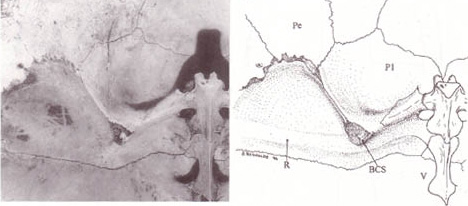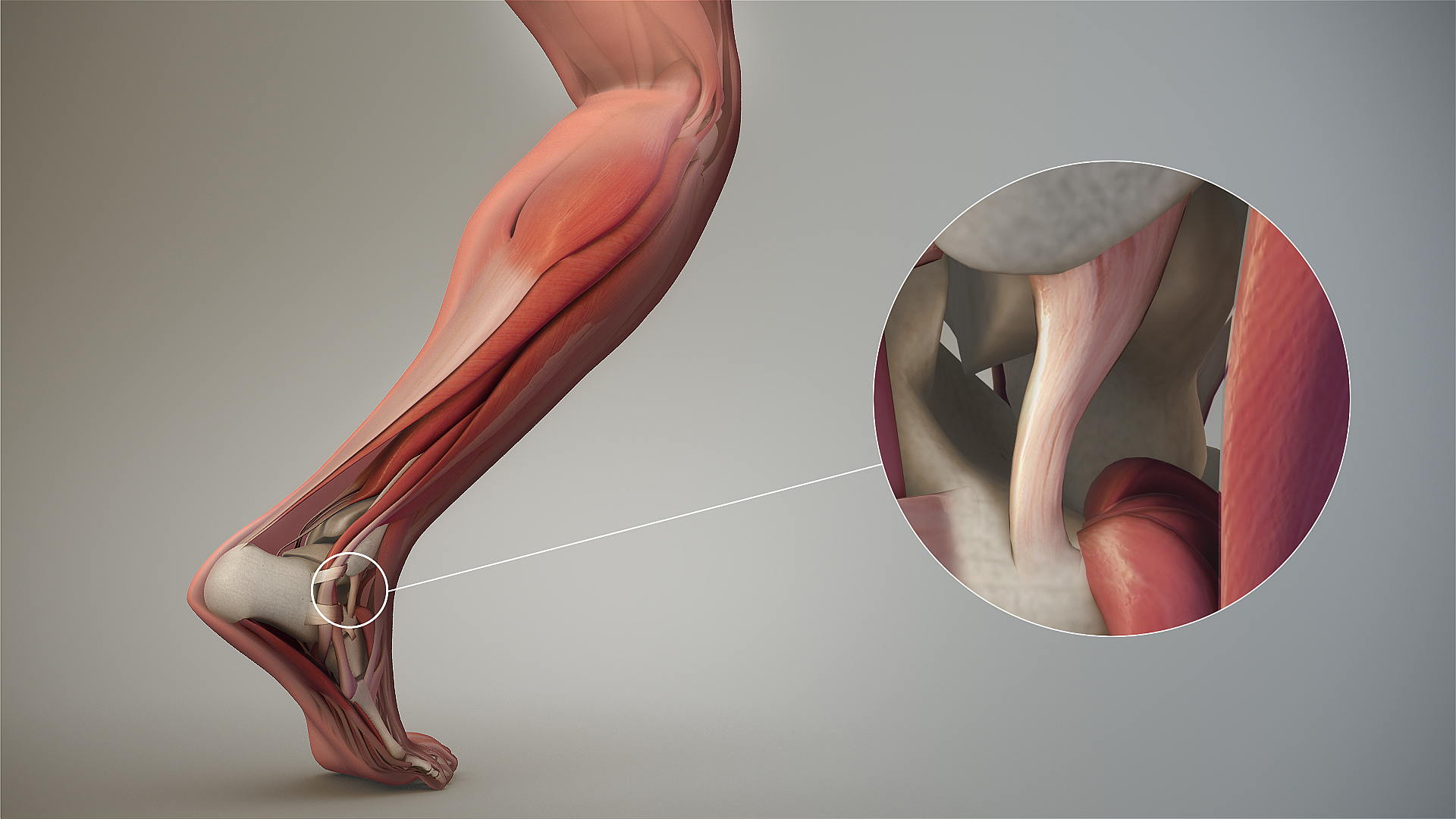|
Vijayachelys
The Cochin forest cane turtle (''Vijayachelys silvatica''), also known as Kavalai forest turtle, forest cane turtle or simply cane turtle, is a rare turtle from the Western Ghats of India. Described in 1912, its type locality (biology), type locality is given as "Near Kavalai in the Cochin State Forests, inhabiting dense forest, at an elevation of about 1500 feet above sea level".Henderson (1912) Only two specimens were found at that time, and no scientist saw this turtle for the next 70 years. It was rediscovered in 1982, and since then a number of specimens have been found and some studies have been conducted about its phylogeny and ecology.Praschag et al. (2006) Taxonomy The Cochin forest cane turtle belongs to the subfamily Geoemydinae of the family (biology), family Geoemydidae, formerly known as Bataguridae. It was once placed in the genus ''Geoemyda'' and subsequently moved to ''Heosemys''. But it was found to be distinctive as a genus and related to ''Melanochelys'' and ... [...More Info...] [...Related Items...] OR: [Wikipedia] [Google] [Baidu] |
Jagannathan Vijaya
Jagannathan Vijaya (1959–1987) was India's first woman herpetologist. She documented the movement of turtles all over the country and worked as an assistant to Edward Moll, the chairman of the World Conservation Union's Freshwater Chelonian Specialist Group. Biography Vijaya was born in Bangalore. She did her early schooling there and went to Coimbatore for her high school due to a job transfer of her father. She studied in the St. Josephs matriculation school in Coimbatore for two years and then went to Chennai for her final school years. While in her first year as a zoology student at Ethiraj College for Women, Chennai, she volunteered at the Madras Snake Park probably sometime in 1978. She trained under Romulus Whitaker and started working full-time at the Chennai Snake Park, then known as Madras Snake Park, after her graduation in 1981. At 22, she was recommended by Romulus Whitaker to assist Edward Moll, the then chairman of the World Conservation Union's Freshwat ... [...More Info...] [...Related Items...] OR: [Wikipedia] [Google] [Baidu] |
Geoemydidae
The Geoemydidae (formerly known as Bataguridae) are one of the largest and most diverse families in the order Testudines (turtles), with about 70 species A species () is often defined as the largest group of organisms in which any two individuals of the appropriate sexes or mating types can produce fertile offspring, typically by sexual reproduction. It is the basic unit of Taxonomy (biology), .... The family includes the Eurasian pond and river turtles and Neotropical wood turtles. Characteristics Geoemydidae are turtles of various sizes (from about in length) with often a high degree of sexual dimorphism. They usually have webbed toes, and their pelvic girdles articulate with their plastrons flexibly. Their necks are drawn back vertically. Their carapaces have 24 marginal scutes. The plastron is composed of 12 scutes and has no mesoplastron; the pectoral and abdominal scutes contact the marginal scutes. Some other features include a single articulation betwee ... [...More Info...] [...Related Items...] OR: [Wikipedia] [Google] [Baidu] |
Heosemys
''Heosemys'' is a genus of freshwater turtles ("terrapins" in British English) in the family Geoemydidae (formerly called Bataguridae). The genus ''Heosemys'' was split out of the related genus '' Geoemyda'' by McDowell in 1964. Species Four species are placed under ''Heosemys'':Turtle Taxonomy Working Group (Rhodin, A.G.J., van Dijk, P.P, Iverson, J.B., and Shaffer, H.B.).2010Turtles of the world, 2010 update: annotated checklist of taxonomy, synonymy, distribution, and conservation status In: Rhodin, A.G.J., Pritchard, P.C.H., van Dijk, P.P., Saumure, R.A., Buhlmann, K.A., Iverson, J.B., and Mittermeier, R.A. (Eds.). Conservation Biology of Freshwater Turtles and Tortoises: A Compilation Project of the IUCN/SSC Tortoise and Freshwater Turtle Specialist Group. ''Chelonian Research Monographs'' No. 5. pp. 000.85-000.164, * Arakan forest turtle (Boulenger, 1903), ''Heosemys depressa'' * Giant Asian pond turtle (Gray, 1860), ''Heosemys grandis'' * Spiny turtle (Gray, 1831), ''H ... [...More Info...] [...Related Items...] OR: [Wikipedia] [Google] [Baidu] |
Geoemyda
''Geoemyda'' is a genus of freshwater turtles in the family Geoemydidae (formerly Bataguridae). It contains two species: Reptile Database * Ryukyu black-breasted leaf turtle, ''Geoemyda japonica'' * Black-breasted leaf turtle, ''Geoemyda spengleri'' ''Geoemyda'' was used as a " wastebin taxon" in former times, uniting a number of distinct lineages of forest turtles from |
Geoemydinae
The Geoemydinae are a subfamily of turtles consisting of 60 subspecies and 76 taxa. These genera are placed here: * '' Batagur'' (six species, including part of Kachuga) * '' Chinemys'' (three species) (sometimes included in ''Mauremys'') * '' Cuora'' (10-11 species) (including ''Cistoclemmys'') * ''Cyclemys'' (seven species) * '' Geoemyda'' (two species) * '' Hardella'' (monotypic) * '' Heosemys'' (formerly in ''Geoemyda'') * '' Hieremys'' (formerly in ''Geoemyda'', often included in ''Heosemys'') * '' Leucocephalon'' (monotypic) (formerly in ''Geoemyda'' and ''Heosemys'') * '' Malayemys'' (two species) * ''Mauremys'' (including ''Annamemys'', ''Cathaiemys'' and ''Emmenia'') * '' Melanochelys'' * '' Morenia'' (two species) * '' Notochelys'' * ''Ocadia'' (monotypic), historic genera included in ''Mauremys'' * '' Orlitia'' (monotypic) * '' Pangshura'' (four species) * '' Pyxidea'' (monotypic) (often included in ''Cuora'') * '' Sacalia'' (two species) * '' Siebenrockiella'' (two s ... [...More Info...] [...Related Items...] OR: [Wikipedia] [Google] [Baidu] |
Plastron
The turtle shell is a shield for the ventral and dorsal parts of turtles (the Order (biology), order Testudines), completely enclosing all the turtle's vital organs and in some cases even the head. It is constructed of modified bony elements such as the ribs, parts of the pelvis and other bones found in most reptiles. The bone of the shell consists of both skeletal and dermal bone, showing that the complete enclosure of the shell likely evolved by including dermal armor into the rib cage. The turtle's shell is an important study, not just because of the apparent protection it provides for the animal but also as an identification tool, in particular with fossils, as the shell is one of the likely parts of a turtle to survive fossilization. Hence understanding the shell structure in living species provides comparable material with fossils. The shell of the hawksbill turtle, among other species, has been used as a material for a wide range of small decorative and practical items sin ... [...More Info...] [...Related Items...] OR: [Wikipedia] [Google] [Baidu] |
Ligament
A ligament is a type of fibrous connective tissue in the body that connects bones to other bones. It also connects flight feathers to bones, in dinosaurs and birds. All 30,000 species of amniotes (land animals with internal bones) have ligaments. It is also known as ''articular ligament'', ''articular larua'', ''fibrous ligament'', or ''true ligament''. Comparative anatomy Ligaments are similar to tendons and fasciae as they are all made of connective tissue. The differences among them are in the connections that they make: ligaments connect one bone to another bone, tendons connect muscle to bone, and fasciae connect muscles to other muscles. These are all found in the skeletal system of the human body. Ligaments cannot usually be regenerated naturally; however, there are periodontal ligament stem cells located near the periodontal ligament which are involved in the adult regeneration of periodontist ligament. The study of ligaments is known as . Humans Other ligame ... [...More Info...] [...Related Items...] OR: [Wikipedia] [Google] [Baidu] |
Ossification
Ossification (also called osteogenesis or bone mineralization) in bone remodeling is the process of laying down new bone material by cells named osteoblasts. It is synonymous with bone tissue formation. There are two processes resulting in the formation of normal, healthy bone tissue: Intramembranous ossification is the direct laying down of bone into the primitive connective tissue ( mesenchyme), while endochondral ossification involves cartilage as a precursor. In fracture healing, endochondral osteogenesis is the most commonly occurring process, for example in fractures of long bones treated by plaster of Paris, whereas fractures treated by open reduction and internal fixation with metal plates, screws, pins, rods and nails may heal by intramembranous osteogenesis. Heterotopic ossification is a process resulting in the formation of bone tissue that is often atypical, at an extraskeletal location. Calcification is often confused with ossification. Calcificatio ... [...More Info...] [...Related Items...] OR: [Wikipedia] [Google] [Baidu] |
Median (other)
Median may refer to: Mathematics and statistics * Median (statistics), in statistics, a number that separates the lowest- and highest-value halves * Median (geometry), in geometry, a line joining a vertex of a triangle to the midpoint of the opposite side *Median graph, Median (graph theory), a vertex m(a,b,c) that belongs to shortest paths between each pair of a, b, and c * Median algebra, an algebraic triple product generalising the algebraic properties of the majority function * Median graph, undirected graph in which every three vertices a, b, and c have a unique median * Geometric median, a point minimizing the sum of distances to a given set of points People * 9th Wonder production discography#Median_-_The_Sender, Median (rapper), a rapper from the U.S. city of Raleigh, North Carolina Science and technology * Median (biology), an anatomical term of location, meaning at or towards the central plane of a Symmetry in biology, bilaterally symmetrical organism or structure * Me ... [...More Info...] [...Related Items...] OR: [Wikipedia] [Google] [Baidu] |
Suture (anatomy)
In anatomy, a suture is a fairly rigid joint between two or more hard elements of an organism, with or without significant overlap of the elements. Sutures are found in the skeletons or exoskeletons of a wide range of animals, in both invertebrates and vertebrates. Sutures are found in animals with hard parts from the Cambrian period to the present day. Sutures were and are formed by several different methods, and they exist between hard parts that are made from several different materials. Vertebrate skeletons The skeletons of vertebrate animals (fish, amphibians, reptiles, birds, and mammals) are made of bone, in which the main rigid ingredient is calcium phosphate. Cranial sutures The skulls of most vertebrates consist of sets of bony plates held together by cranial sutures. These sutures are held together mainly by Sharpey's fibers which grow from each bone into the adjoining one. Sutures in the ankles of land vertebrates In the type of crurotarsal ankle, which is fo ... [...More Info...] [...Related Items...] OR: [Wikipedia] [Google] [Baidu] |
Anatomical Terms Of Location
Standard anatomical terms of location are used to describe unambiguously the anatomy of humans and other animals. The terms, typically derived from Latin or Greek roots, describe something in its standard anatomical position. This position provides a definition of what is at the front ("anterior"), behind ("posterior") and so on. As part of defining and describing terms, the body is described through the use of anatomical planes and axes. The meaning of terms that are used can change depending on whether a vertebrate is a biped or a quadruped, due to the difference in the neuraxis, or if an invertebrate is a non-bilaterian. A non-bilaterian has no anterior or posterior surface for example but can still have a descriptor used such as proximal or distal in relation to a body part that is nearest to, or furthest from its middle. International organisations have determined vocabularies that are often used as standards for subdisciplines of anatomy. For example, '' Termi ... [...More Info...] [...Related Items...] OR: [Wikipedia] [Google] [Baidu] |




